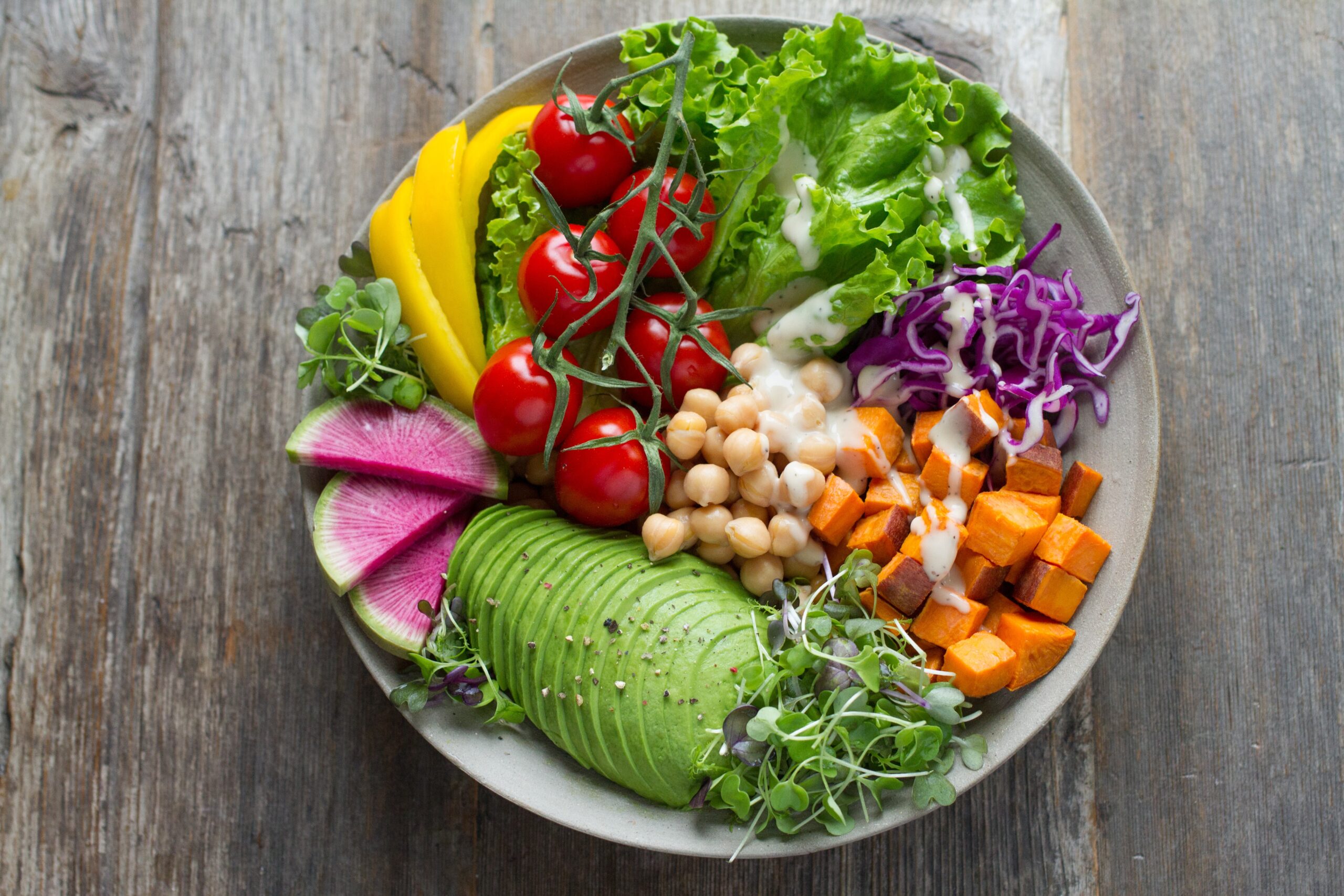Stabilize Your Blood Sugar with These Healthy Foods

Maintaining healthy blood sugar levels is essential for overall health and well-being. Unstable blood sugar levels can cause a wide range of symptoms, including fatigue, headaches, mood swings, and even




